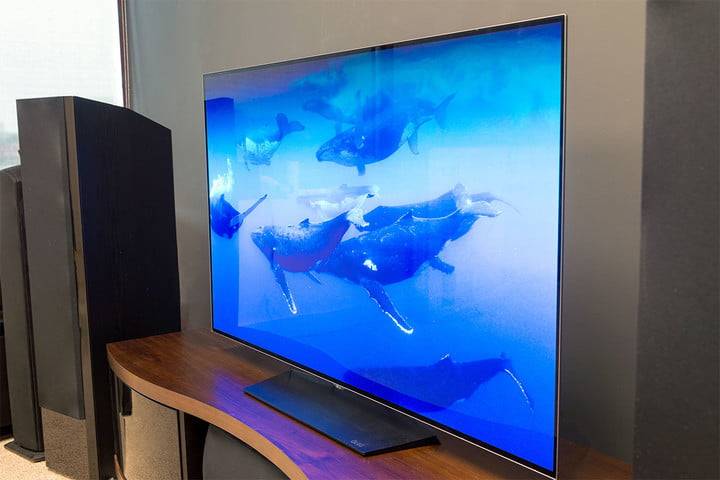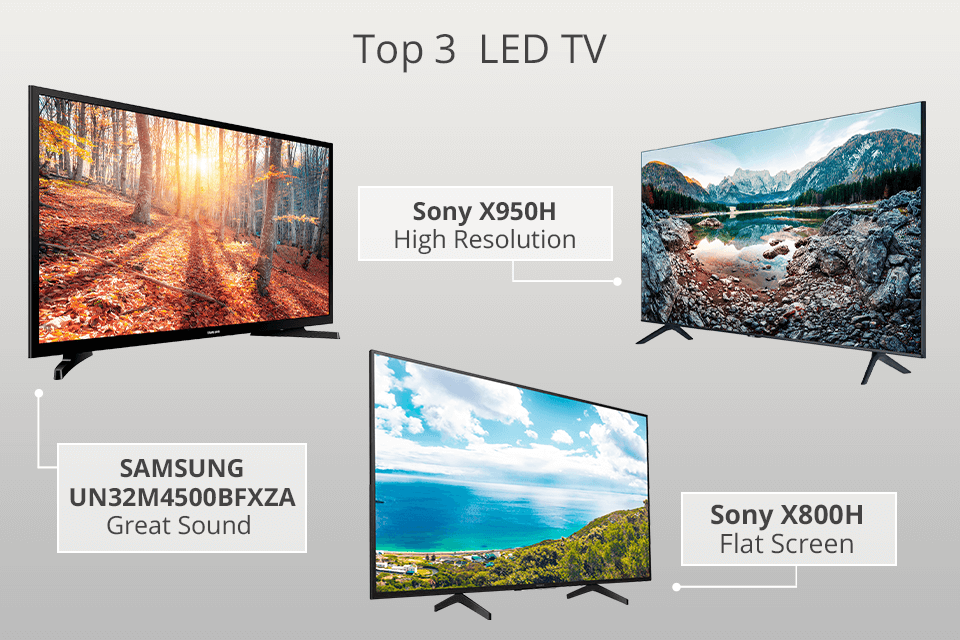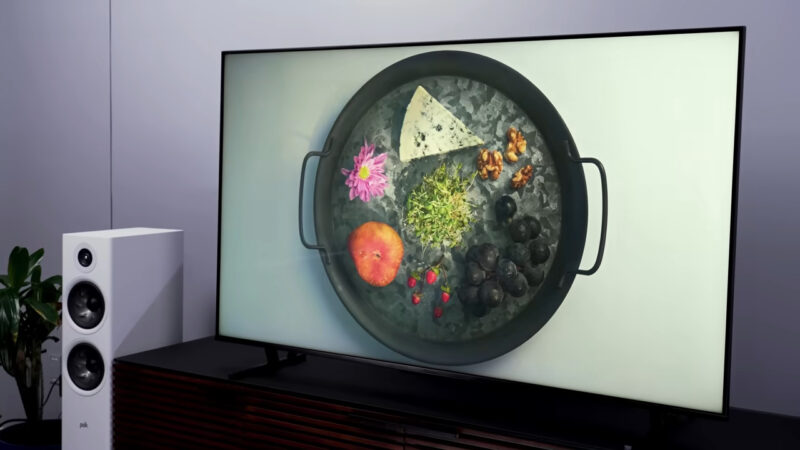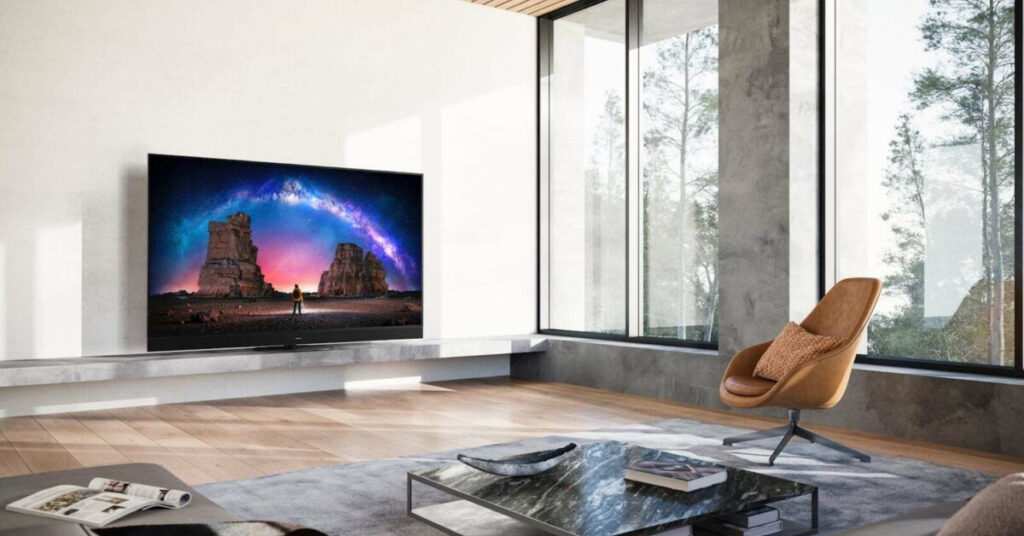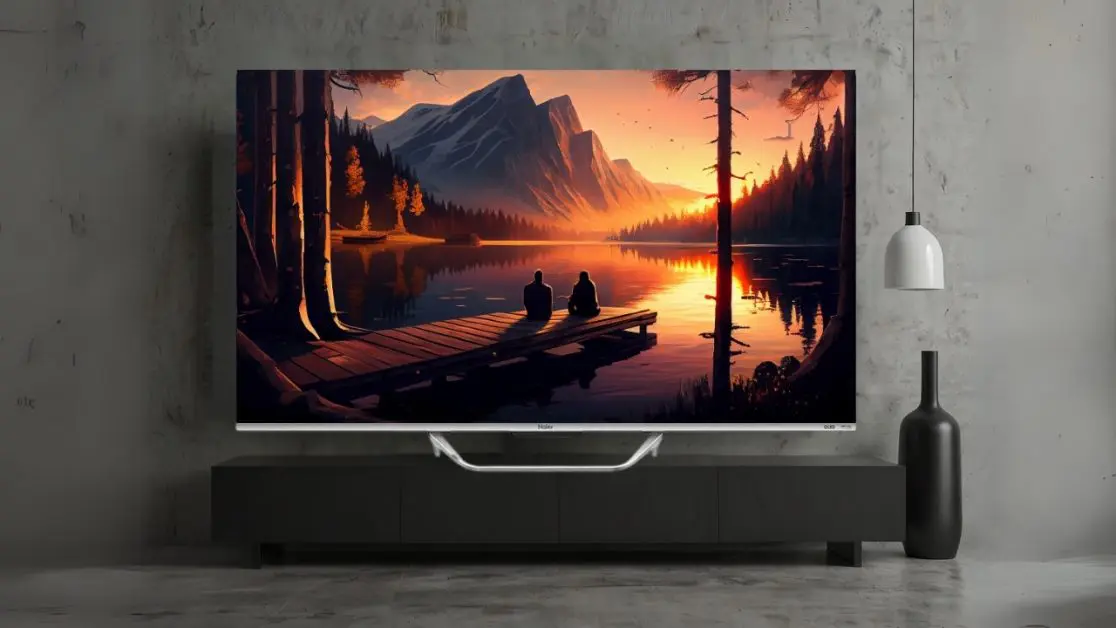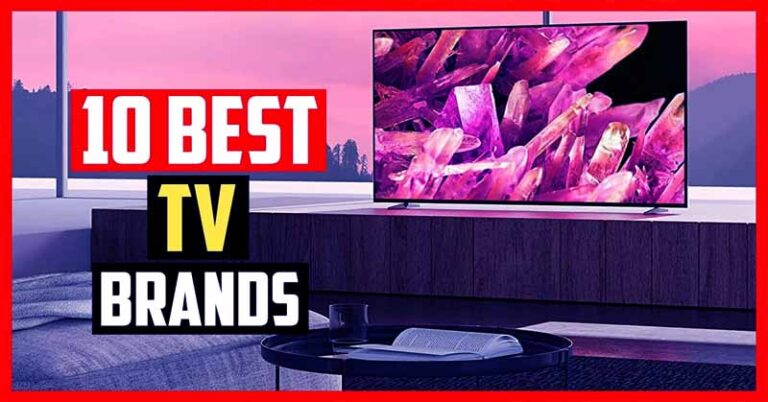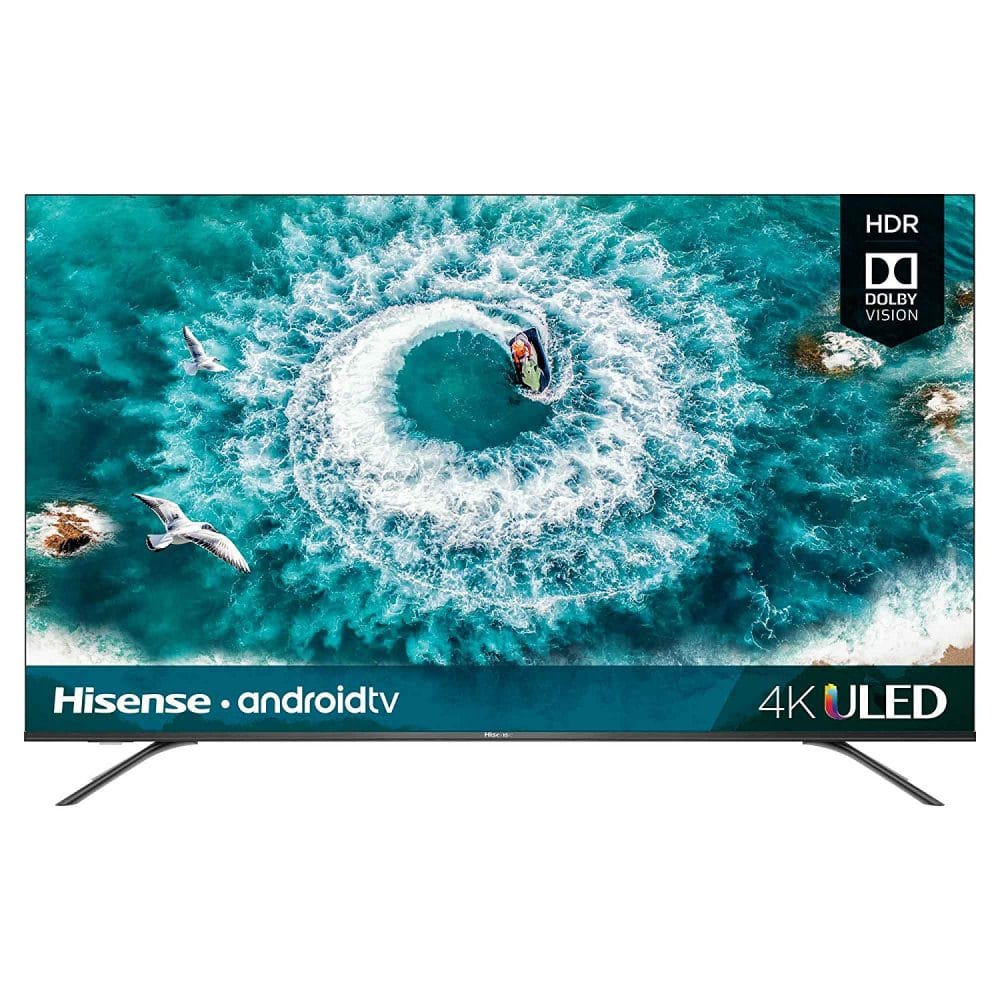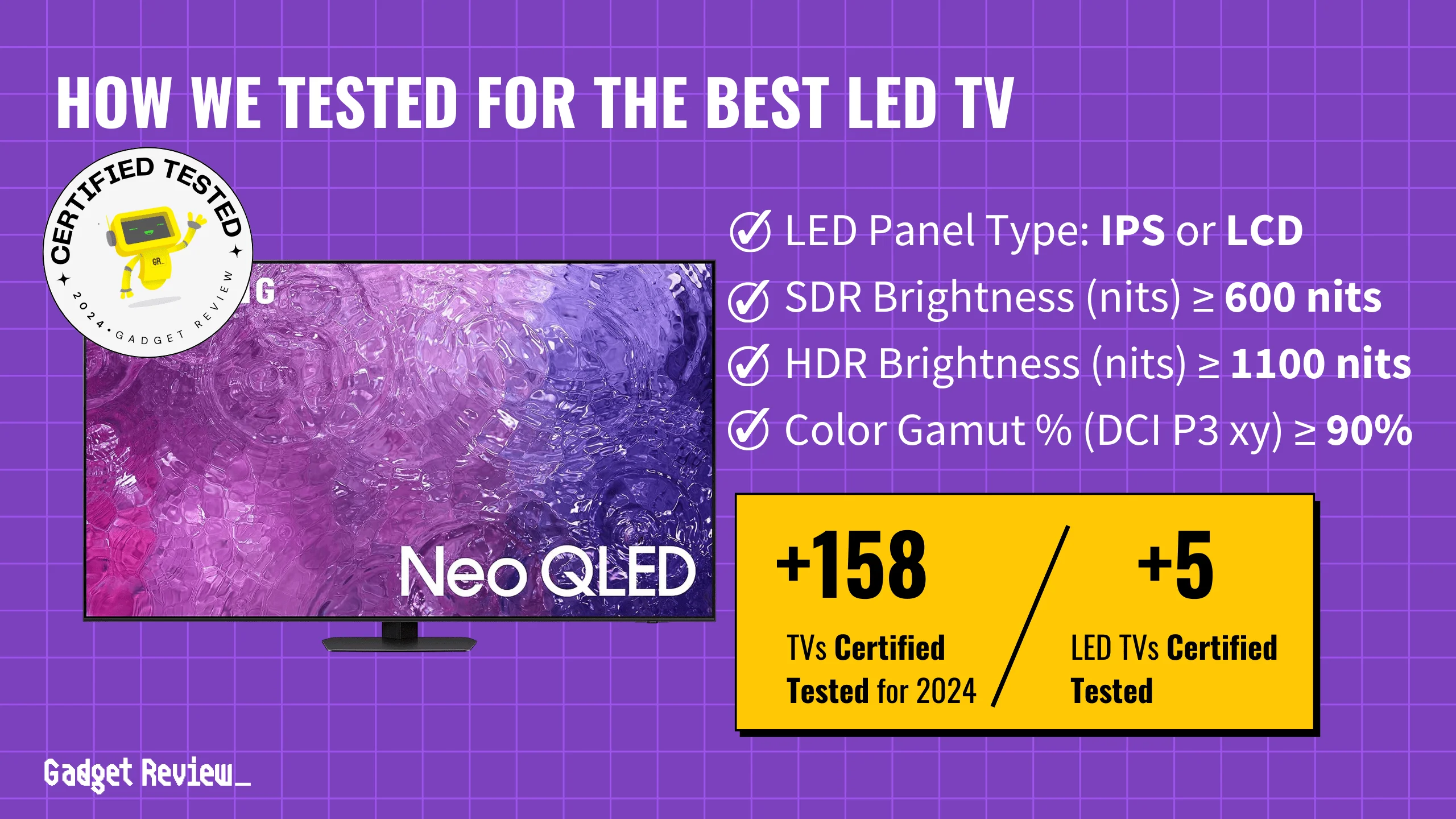What Is The Best Led Television

For value-conscious shoppers seeking the best bang for their buck, navigating the world of LED televisions can feel like wading through a sea of jargon and inflated claims. This article cuts through the noise, providing an analytical look at the top contenders in the LED TV market. We'll focus on models that balance performance, features, and price, ultimately helping you make an informed decision without breaking the bank.
Why LED TVs Still Matter
While OLED and QLED technologies offer superior picture quality in certain aspects, LED TVs remain the dominant choice for many households. Their affordability, wide availability, and continuous improvements in picture processing make them a compelling option. Modern LED TVs can deliver impressive brightness, vibrant colors, and sharp details, especially with advanced features like local dimming and HDR support.
Shortlist: LED TVs for Different Budgets
Here's a curated shortlist of LED TVs catering to diverse budgets and needs:
- Budget-Friendly: TCL 4-Series (Excellent value for basic viewing)
- Mid-Range: Hisense U6 Series (Good balance of features and performance)
- Premium LED: Sony X90L (Superior picture quality and processing)
Detailed Reviews
TCL 4-Series
The TCL 4-Series is a solid choice for budget-conscious buyers. It offers decent picture quality for everyday viewing, with good color accuracy and brightness. This series comes with Roku TV, which offers a simple, intuitive interface and access to a vast library of streaming apps.
Hisense U6 Series
Stepping up a notch, the Hisense U6 Series provides a significant improvement in picture quality. Its features include quantum dot technology for enhanced color and full array local dimming for better contrast. This series is a great choice for those who want a more immersive viewing experience without spending a fortune.
Sony X90L
The Sony X90L sits at the higher end of the LED spectrum. It boasts exceptional picture quality, thanks to its powerful processor and advanced features like XR Triluminos Pro. It also features excellent motion handling and a wide viewing angle, making it a great option for families.
Side-by-Side Specs and Performance Scores
The table below compares the key specifications and performance scores of the shortlisted LED TVs:
| Feature | TCL 4-Series | Hisense U6 Series | Sony X90L |
|---|---|---|---|
| Resolution | 4K | 4K | 4K |
| HDR Support | HDR10 | Dolby Vision, HDR10, HDR10+ | Dolby Vision, HDR10, HLG |
| Local Dimming | No | Full Array Local Dimming | Full Array Local Dimming |
| Smart TV Platform | Roku TV | Google TV | Google TV |
| Picture Quality Score (out of 10) | 6 | 8 | 9 |
| Value Score (out of 10) | 9 | 8 | 7 |
Practical Considerations
Beyond picture quality, consider the following factors:
- Screen Size: Choose a size that fits your viewing distance and room dimensions.
- Smart TV Platform: Ensure the platform (Roku, Google TV, etc.) has the apps you use.
- Connectivity: Check for sufficient HDMI ports for your devices (game consoles, Blu-ray players, etc.).
- Sound Quality: Consider a soundbar or external speakers for a more immersive audio experience.
- Viewing Angle: TVs with wider viewing angles are better for larger rooms where people are sitting on the side.
Summarizing Key Points
Choosing the best LED TV involves balancing price, features, and performance. The TCL 4-Series is an excellent budget option. The Hisense U6 Series offers a great balance of features and performance. The Sony X90L stands out as a premium choice with superior picture quality.
Remember to consider your viewing habits, room size, and budget when making your decision. Each of the options presented above are outstanding when considering all factors.
Ready to Upgrade Your Viewing Experience?
Explore the shortlisted LED TVs and read customer reviews to find the perfect fit for your needs and budget. Click on the links above to learn more and make your purchase today!
Frequently Asked Questions (FAQ)
Here are some frequently asked questions to help you make the right decision:
What is the difference between LED and OLED TVs?
OLED TVs have self-emissive pixels, providing perfect blacks and superior contrast. LED TVs use a backlight to illuminate the screen, which is less expensive but does not offer the same level of contrast.
What is local dimming, and why is it important?
Local dimming improves contrast by dimming the backlight in dark areas of the screen. This results in deeper blacks and a more immersive viewing experience.
Is 4K resolution necessary?
For most viewers, 4K resolution is worth it. It provides a sharper, more detailed picture, especially on larger screens. Content has rapidly progressed to make 4k a standard that most streaming services provide.
What is HDR, and why does it matter?
HDR (High Dynamic Range) expands the range of colors and contrast, resulting in a more realistic and vibrant picture. Look for TVs that support HDR10 or Dolby Vision for the best HDR performance.
Do I need to buy a soundbar with my new LED TV?
Most TVs have built in speakers, but generally lack the powerful bass and immersive surround sound of a dedicated soundbar. Upgrading to a soundbar is highly recommended for a more enjoyable entertainment experience.
